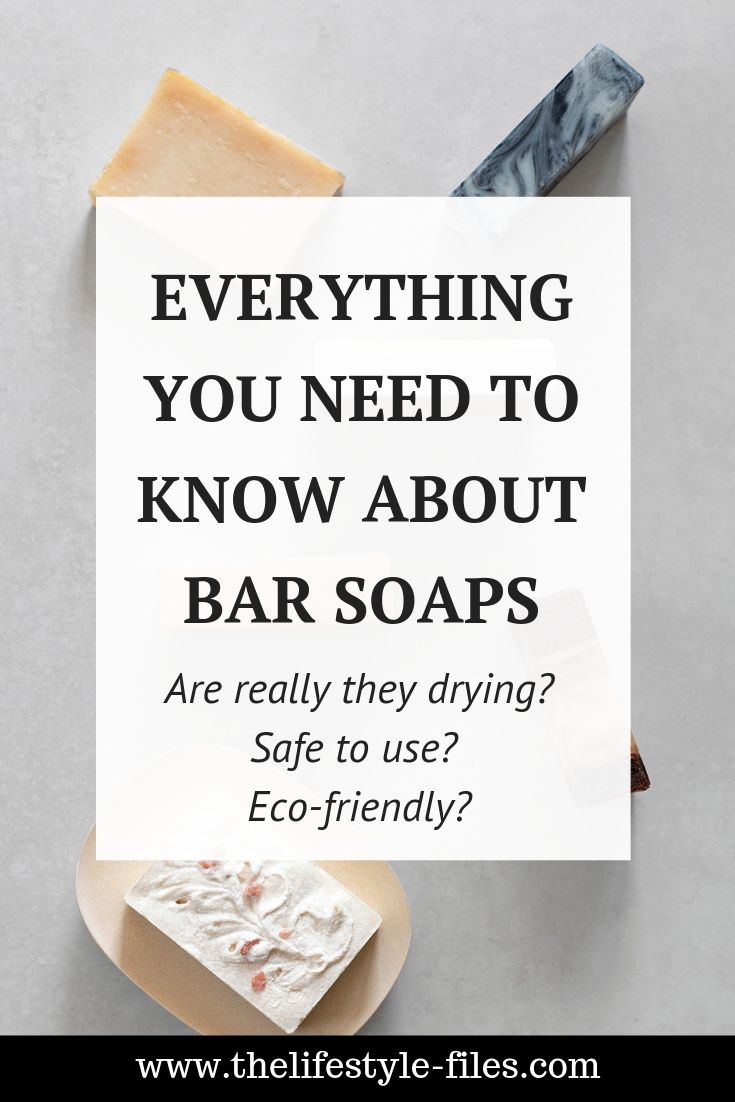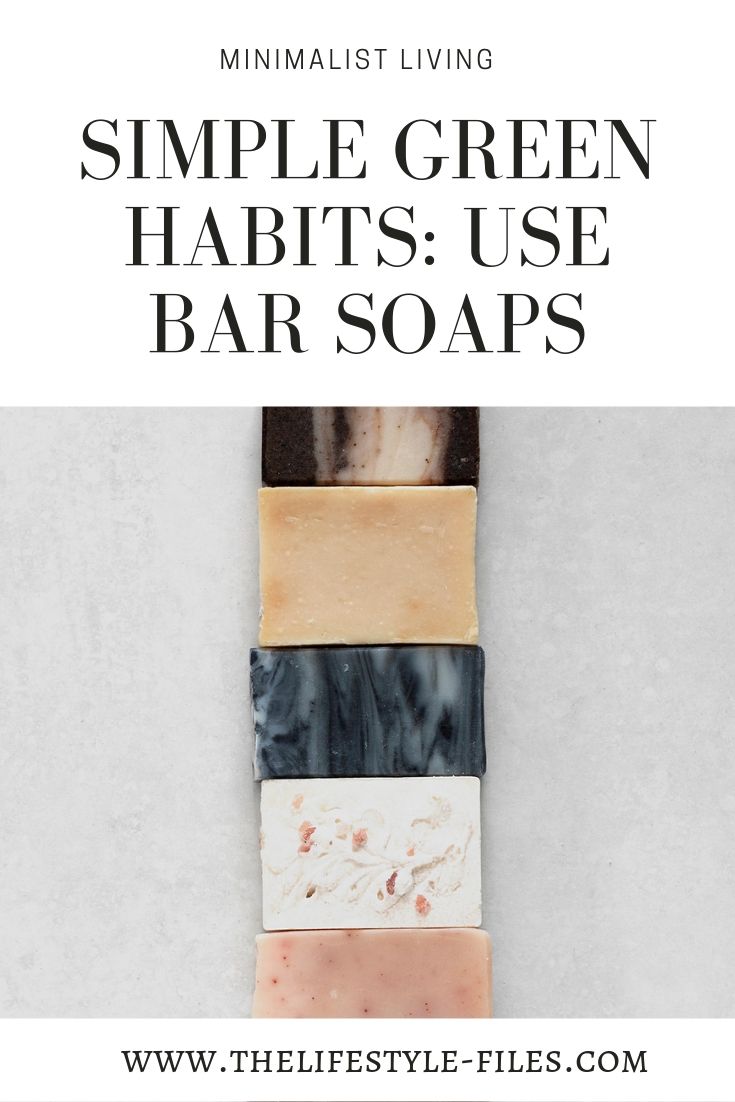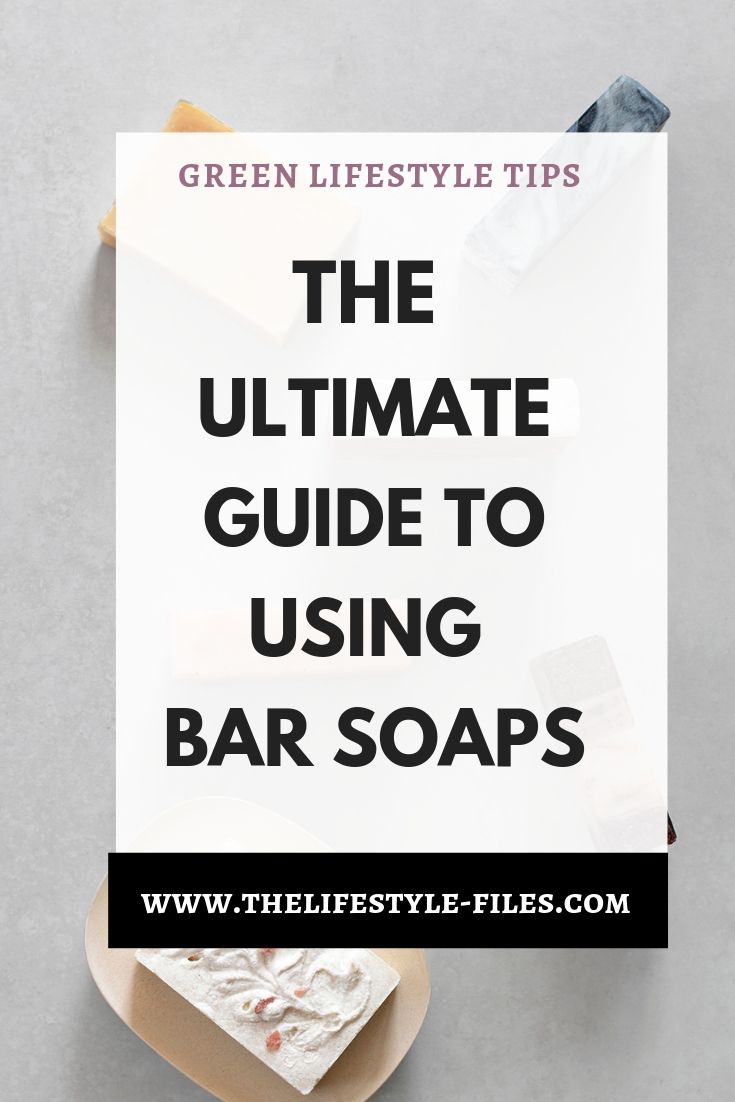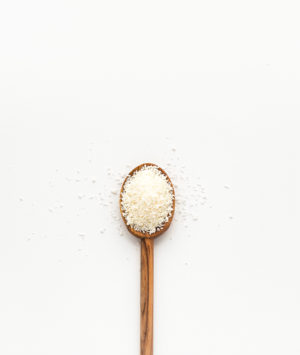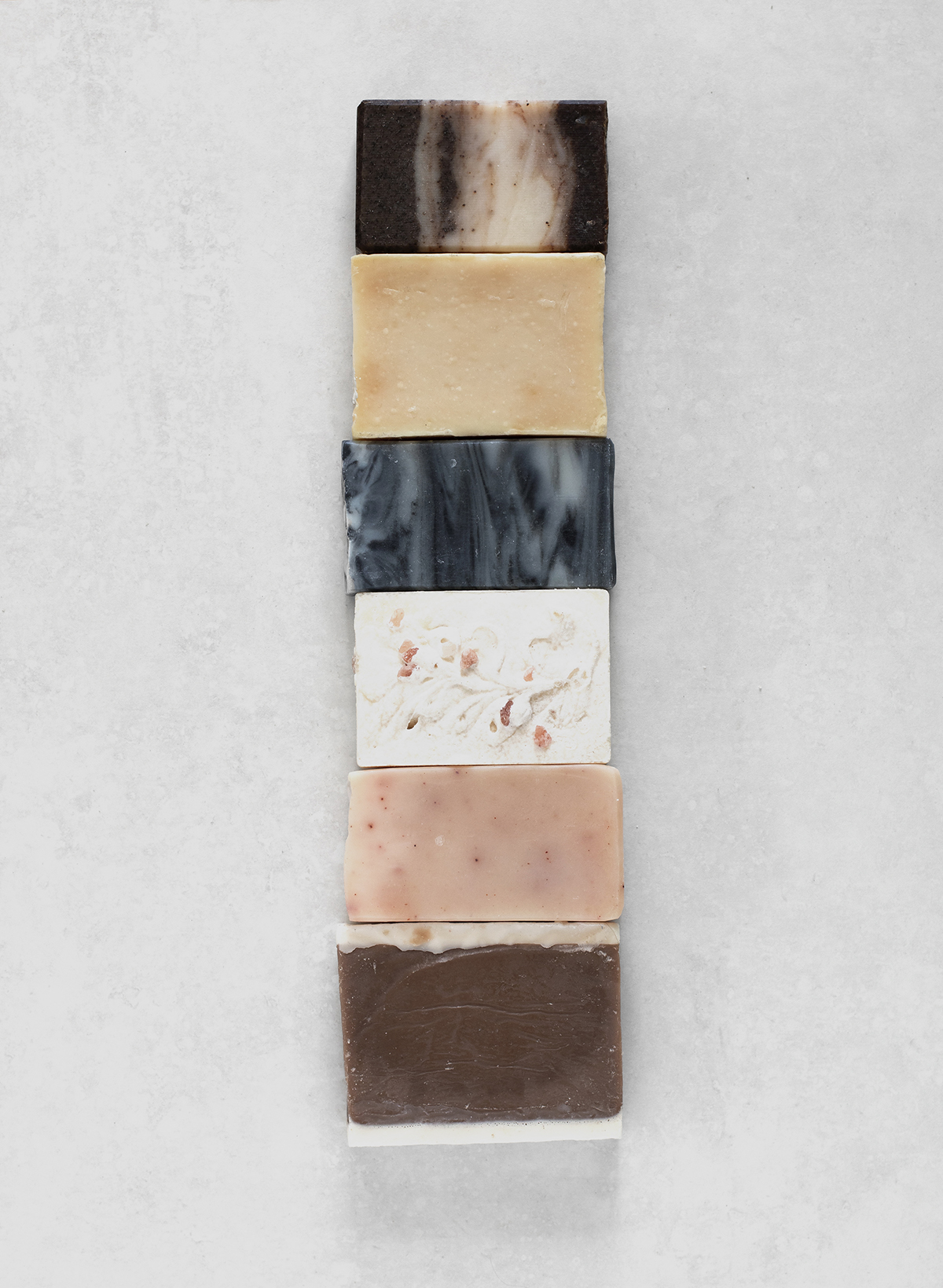 I’m usually not someone who’s very fond of trends, in fact, I deliberately try to avoid most of them, but the growing popularity of bar soaps is a trend I can get behind.
I’m usually not someone who’s very fond of trends, in fact, I deliberately try to avoid most of them, but the growing popularity of bar soaps is a trend I can get behind.
It’s funny how things fall out and then come back into fashion. When I was a kid, we almost exclusively used bar soaps. Then they got a bad rep for being too drying or not too hygienic and also, shower gels seemed so much fancier, so I switched and used almost exclusively hand soaps and body washes for long years.
The first time I revisited the bar soap issue was last year. I’ve seen some cool, minty ones in Whole Foods and because I pretty much buy anything that involves mint, I bought some.
I loved them and bar soaps became a staple in our home. Nowadays I mostly use bar soaps for showering and hand washing and I’ve even tried some facial cleansing bars.
In my experience, bar soaps are easy to use and gentle, very cost-efficient (they last a lot longer than shower gels or hand soaps), and are more environment-friendly than the plastic packaged liquid soaps.
However, I’ve done my research before switching to bar soap because those old negative assumptions and doubts lingered in my mind a little. So I thought I’d share all my findings in this post, in case you haven’t jumped on the bar soap bandwagon yet and have the same questions I did.
The ultimate guide to using bar soap
Is bar soap drying the skin?
One of the reasons I’ve abandoned bar soaps was this notion that they are extremely drying for the skin. Maybe some of them are, but if you pick the right ones, they’ll be just as gentle and moisturizing as body washes.
First, some science:
Soaps are made from animal fats and/or vegetable oils (e.g. palm oil, olive oil, coconut oil) that react with lye. Additional ingredients may include moisturizing ingredients, like shea butter, honey, milk, oatmeal, preservatives, artificial or natural fragrance, and a variety of extra ingredients from rose petals to coffee beans.
Traditionally, soap has a higher pH level (9-10) than our skin (4-5), which means, theoretically, it can strip off the skin’s natural oils and barriers and leave it dry. But the new formulations are much more superior than the old ones, and in fact, are extremely gentle and moisturizing.
Regarding the moisturizing benefits, I think the ingredient list often matters more than the form (liquid vs. solid). Also, personal experience is the ultimate test. If your face feels tight and uncomfortable after a wash – it’s probably bad for your skin (forget those ads, your face should never feel squeaky clean). If it feels moisturized, silky, and soft – the cleanser works well.
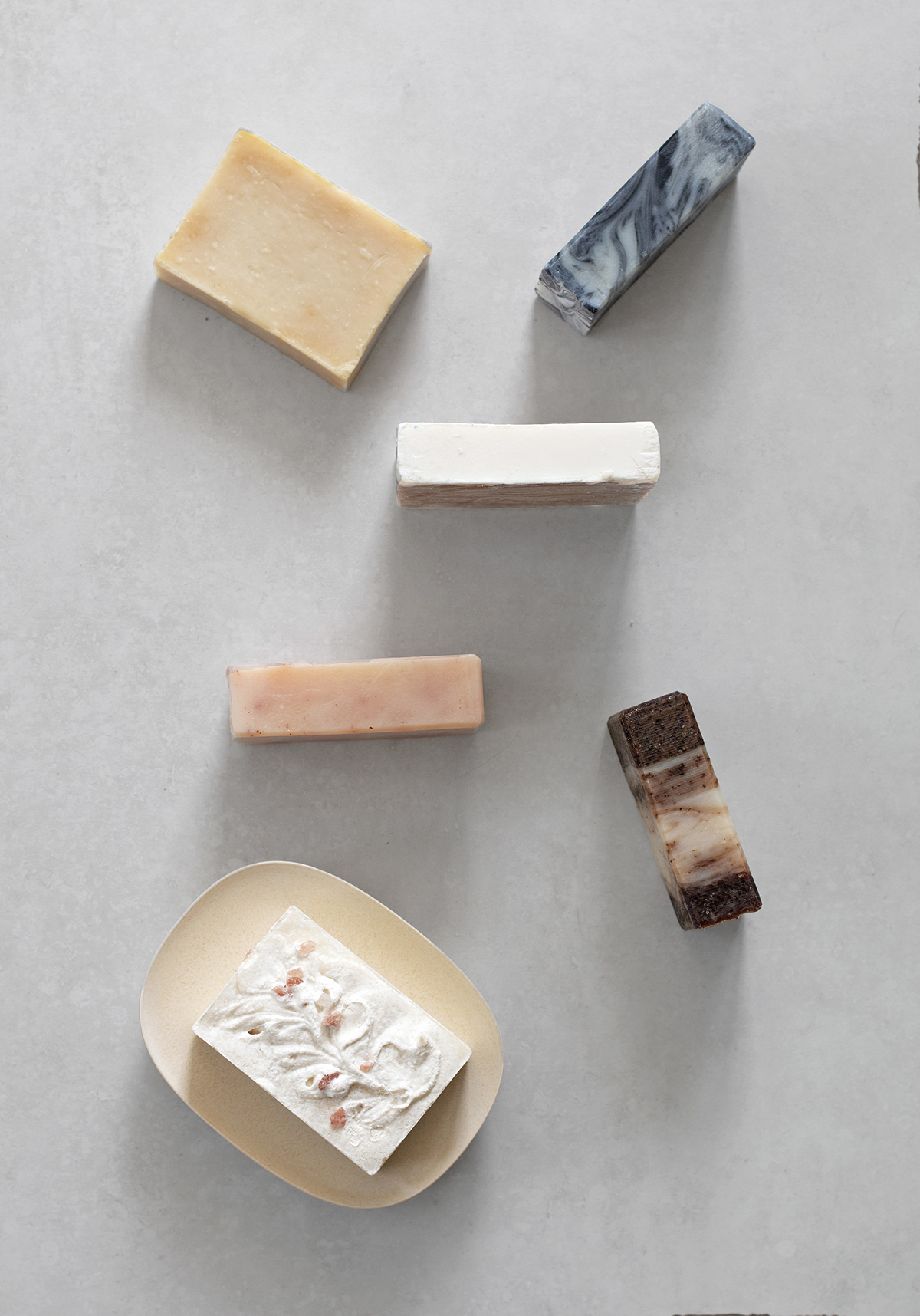
Is bar soap safe and hygienic?
This was probably one of my other main concerns, along with bar soap drying my skin. I didn’t think that I’d actually get some serious infections or anything, but I did assume bar soaps were more prone to the spreading of bacteria, so even if using them were safe, I’d rather not share them with anyone. It turns out these assumptions are pretty much unfounded.
Studies proved that, especially if the bar gets rinsed off between uses, it’s perfectly fine to use it after others – there’s basically no risk of transmitting bacteria.
Sure, some microorganisms may be present on the surface, but they get trapped in the lather and get washed off when you rinse with water. Btw – the handle of the liquid soap probably has the same amount of bacteria as you bar soap. And as your towels. Or your mobile phones. Your mobile phone is actually the grossest of them all.
Rinse your bar soap, keep it in a dry place (like a soap mat), and you’ll be fine.
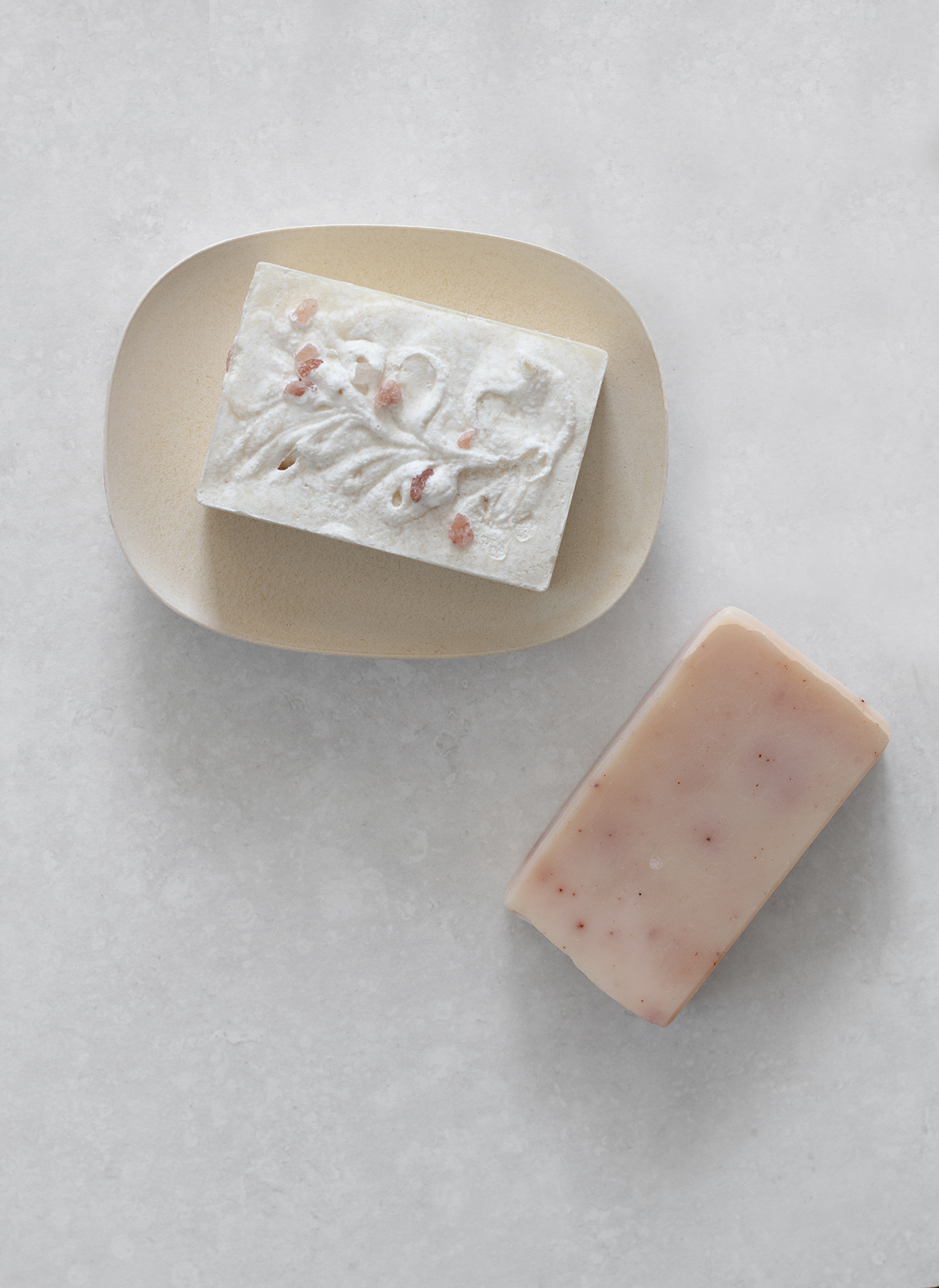
How to read bar soap ingredients?
True soaps’ ingredient list should be pretty short and understandable:
+ The most common ingredients you’ll see are usually some kind of sodiums – e.g. Sodium Olivate, Sodium Palmate, Sodium Cocoate. They are basically the saponified versions of that particular oil.
+ Glycerin is also a regular feature – it’s a moisturizing ingredient.
+ Essential oils are labeled by Latin names and common names (look for xy Leaf oil).
+ You may see other, unsaponified oils in the ingredient list as well, they have probably been used for their moisturizing benefits.
+ Other ingredients: shea butter, Vitamin E (Tocopherol), beeswax, various extracts, coffee, clay, petals, or other extra additives.
Which one is the more eco-friendly option: bar soap or liquid soap?
The lack of packaging gives bar soap serious green points, especially compared to most shower gels and liquid washes which come in plastic bottles. Also, according to some studies, the carbon footprint of liquid soaps is 25 percent greater per wash than bar soaps.
Bat bar soap is not perfect either – it mostly uses vegetable oils, si its effect on land use is quite big. But, it’s still probably the overall greener choice.
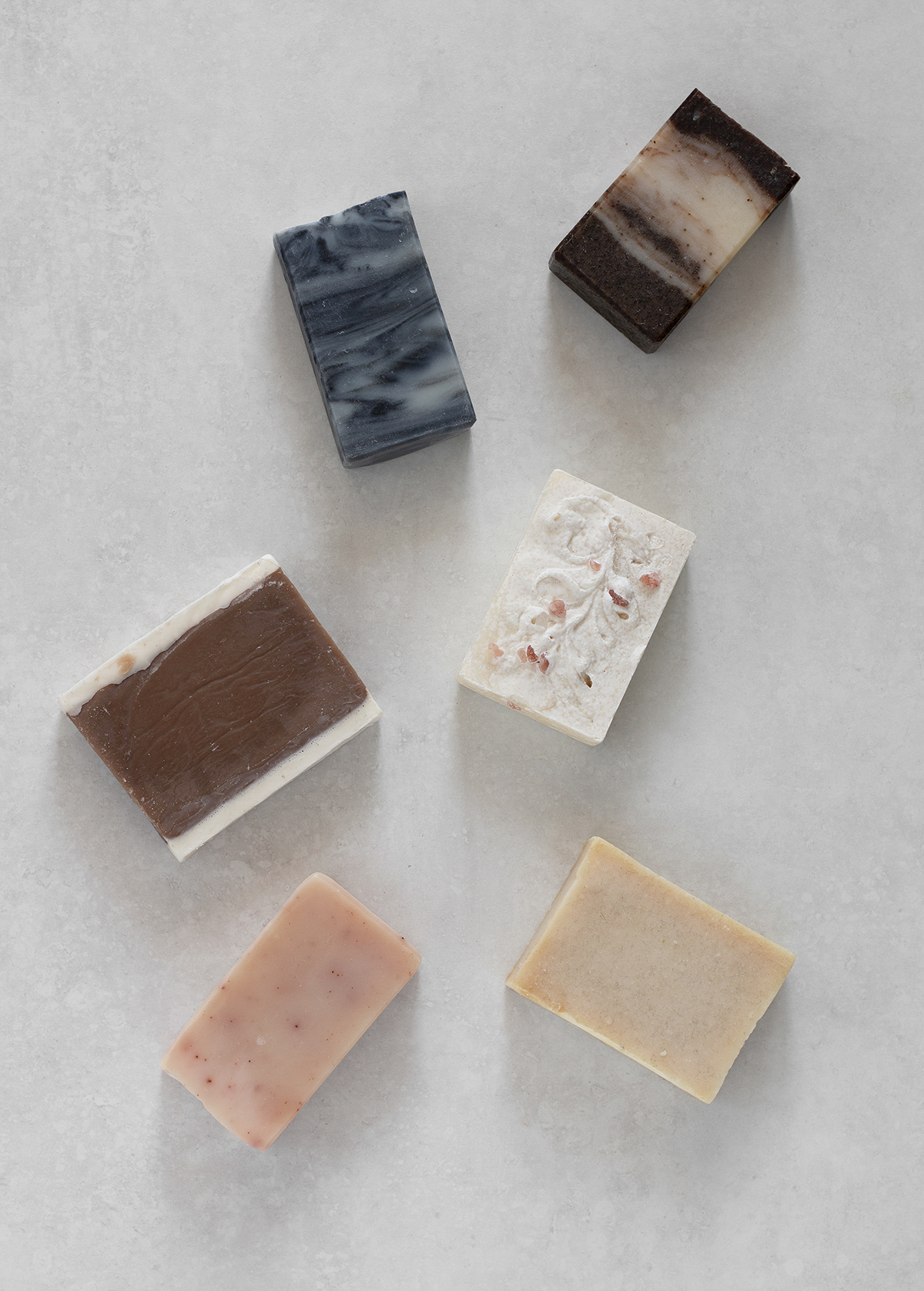 The palm oil issue
The palm oil issue
By now, a lot of us have heard about the palm oil issue. The problem with palm oil is that it’s basically in everything (from sanitary products to food), and this widespread demand leads to massive deforestation and threatens the habitat of already endangered species, like the orangutan. It’s also often linked to serious human rights violations. So, the natural solution should be producing more palm-oil free products, right?
I thought so, initially, but the more I read about it, the more complicated this issue seemed to me. The reason that palm oil is so popular is that it’s easy to use and produce. Switching to any other oils would actually require even more land. So, organizations came up with a certification system to show palm oil production can be sustainable. Whether this truly works is also a matter of debate. Some scientists claim that certification does not solve the problem. But a lot of experts say it’s still the better solution. For more, read the WWF guide, this piece, or this article.
It’s confusing and unfortunately, there is no perfect answer. Basically, everything we eat, consume, or use has some kind of environmental impact. We can (and should) research the magnitude of that environmental impact and make a list of priorities (whether you prefer package free, vegan, naturally made, etc.), because sometimes, not always, they contradict each other or have their own issues. Like bar soaps made from vegetable oil affect land use. But synthetic or petroleum-based cleansing and moisturizing ingredients have their own environmental problems.
What we can do is be informed, consume less, and try to reduce our own environmental impacts. In the case of bar soap, right now, I lean towards seeking out brands using sustainable palm oil, whenever I can.
Where to shop for bar soaps?
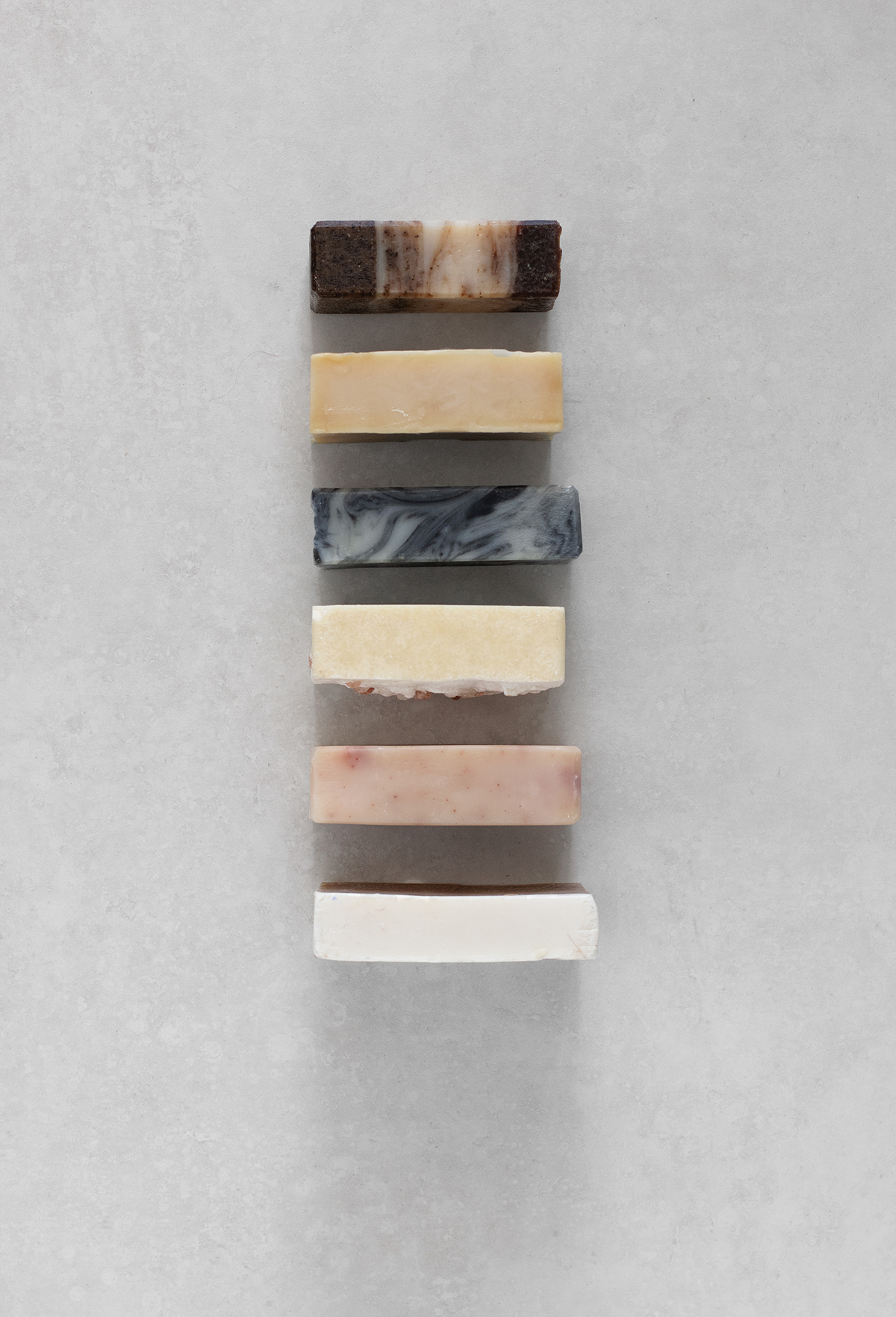
Coffee Scrub soap, Grapefruit & Irish Moss soap, Peppermint soap, Sea Salt soap, Silky Roses soap from GK Natural Creations, Shea Butter and Cocoa soap from Whole Foods
When it comes to bar soaps, I think the simpler, the better. Browse your local health store and choose the ones with an ingredient list you like and understand. If you feel fancy, go to an artisan shop maker.
For facial cleansing bars, I’d either go for the health store ones or try one of the special cleansing bars of skincare brands, like Herbivore, Erno Laszlo, Joanna Vargas, or Skin Owl. Recently, I’ve been using this one in the morning and really like it. Definitely worth giving it a try.
Do you use bar soaps?

